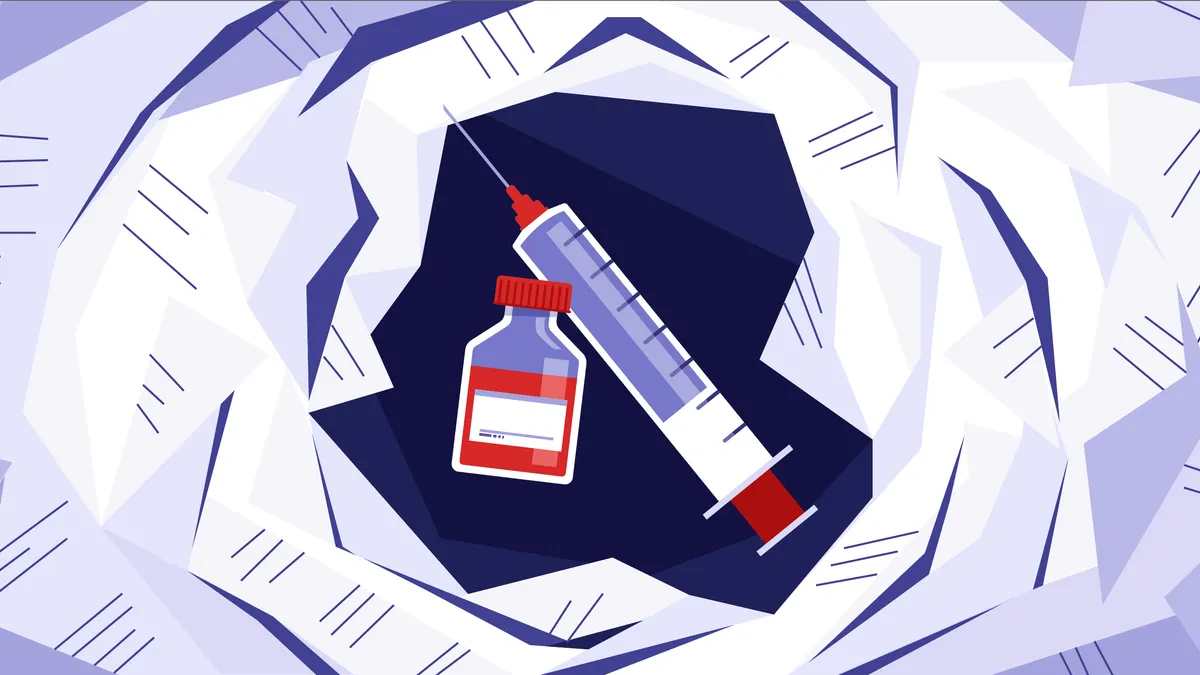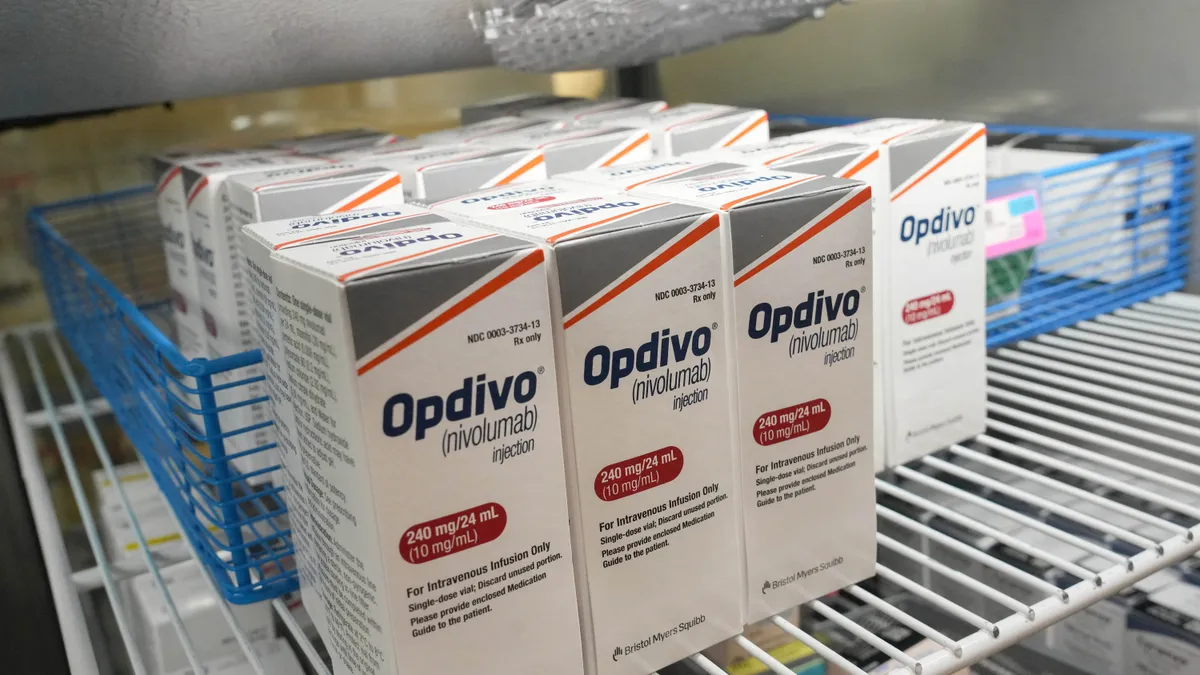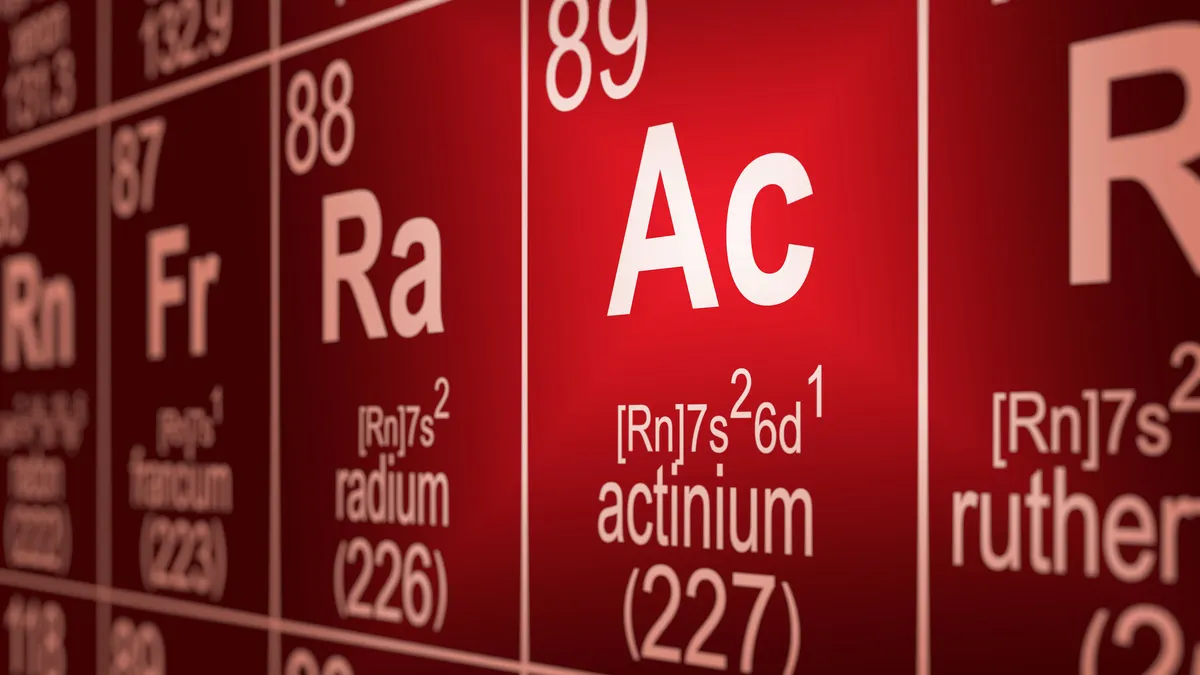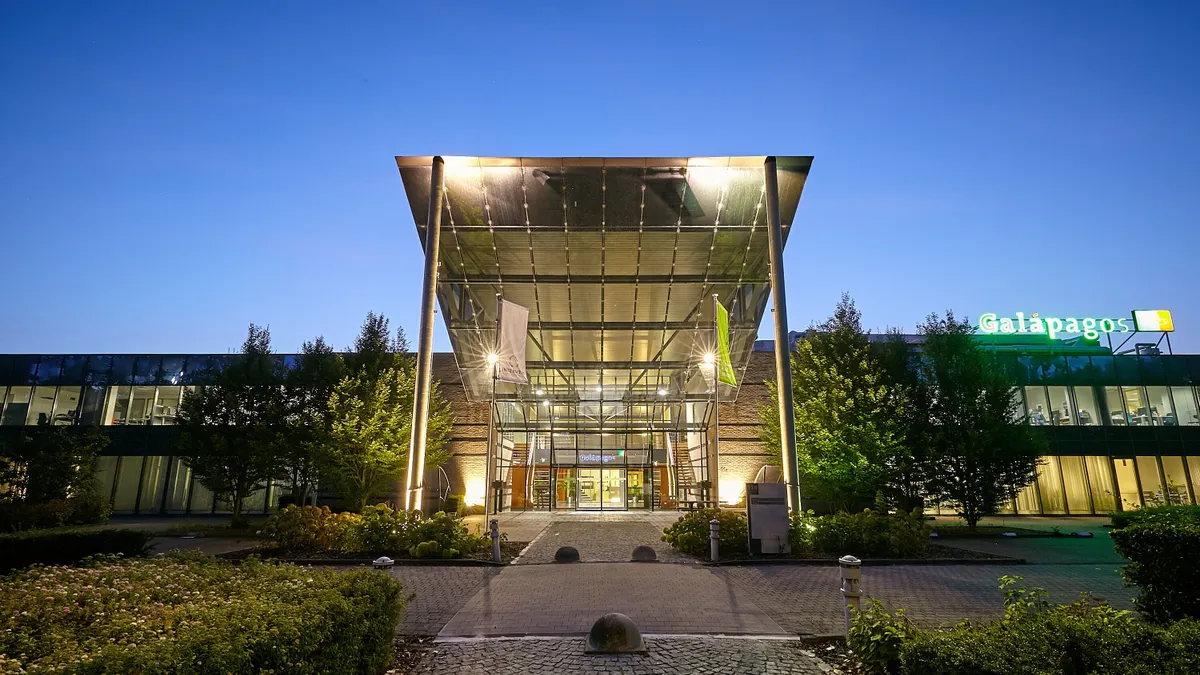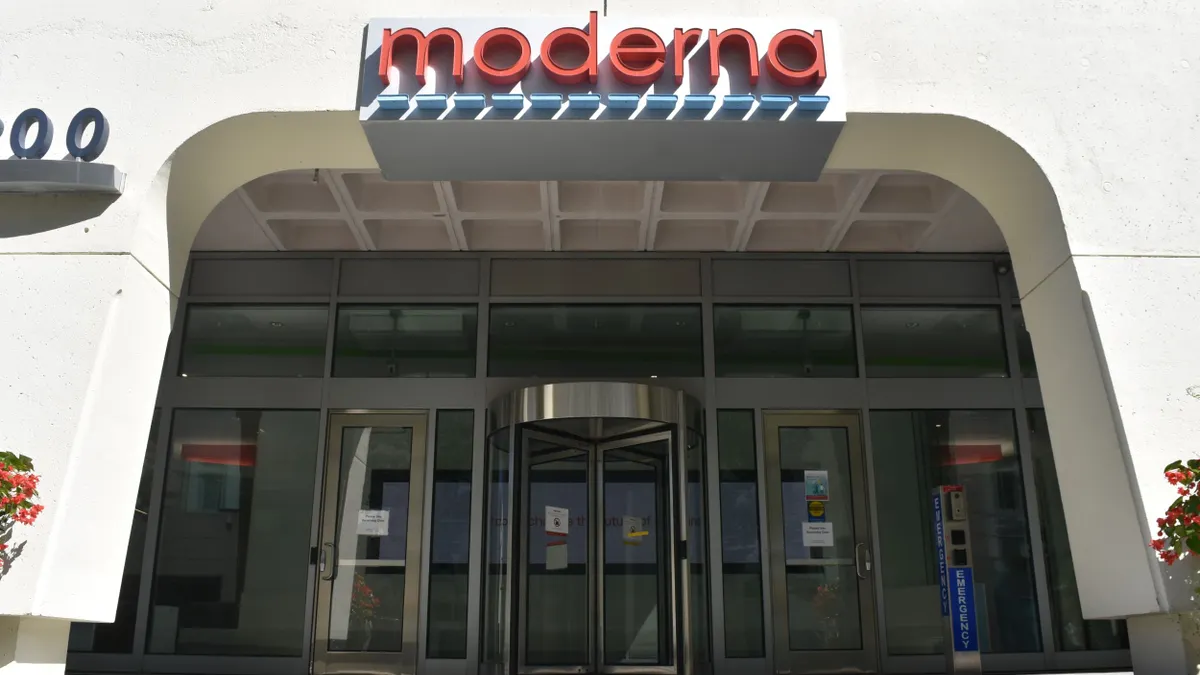The pharmaceutical industry’s first multispecific antibody hit the market more than a decade ago. Now, the medicines are seeing a surge of interest as drugmakers and investors embrace the more-is-better approach for cancer or autoimmune diseases.
These drugs, which include bispecifics and other multi-pronged approaches, builds on the therapeutic power of monoclonal antibodies by targeting two or more sites instead of one.
The first bispecific therapy hit the market when the Food and Drug Administration cleared Amgen’s Blincyto in 2014. Since then, more than a dozen others have followed. Behind them in development are several “tri-specific” and higher-order multispecific antibodies, or “msAbs.”
This newer generation of drugs has attracted industry interest due to promising clinical results and potentially improved safety profiles and pharmacokinetics, according to a report from Back Bay Life Science Advisors. The field has already generated two blockbusters: Genentech’s Hemlibra, a hemophilia treatment, and Vabysmo, used to treat eye diseases. But more are expected to reach that billion-dollar threshold, said Peter Bak, a managing director at Back Bay and one of the report’s authors.
While all of the approved msAbs — aside from Hemlibra and Vabysmo — are cancer treatments, there’s been a sizable shift in the pipeline toward autoimmune disease, thanks in part to the encouraging, albeit early findings seen with cell therapies.
“Lupus is an area where there's been some interesting data generated by a couple academic groups, and now a lot of companies are rethinking their strategy,” said Bak.
Some believe that T cell engagers, which draw immune defenders to cancer cells, can also be used to tame the wayward B-cells that drive autoimmune disease. The hope is that these drugs will produce similar results to CAR-T, but at a lower cost, giving them a potential market advantage. In some cases, msAbs could treat patients who didn’t respond to these other treatments, Bak said.
“In an area like systemic lupus erythematosus where there's not much activity, and there is pretty big unmet need, one could see it being used as a first line biologic,” he added. “It’s going to be very indication specific.”
Investment influx
The potentially lucrative opportunity has drawn a flurry of investments. In the first half of 2025, immunology and inflammation msAb companies outraised their cancer-focused counterparts by $269 million, according to the report.
Nearly 250 msAb candidates are now in trials, including 24 late-stage drugs, and dealmaking has accelerated. And transactions involving these drugs have been on par with deals for antibody drug conjugates (180 vs. 192 deals, respectively), another popular approach, for about the last five years, according to the report.
Several companies are testing msAbs for autoimmune conditions. Roche’s Lunsumio, a bispecific targeting CD20 and CD3 and already approved for lymphoma, recently finished an early-stage trial in lupus, Bak noted.
Amgen is testing Blincyto, its anti-CD19 x anti-CD3 bispecific T cell engager in phase 2 for both lupus with nephritis and refractory rheumatoid arthritis. Meanwhile, Cullinan Therapeutics’ bispecific T-cell engager, CLN-978, is in phase 1 trials for lupus and rheumatoid arthritis. Initial data from Cullinan’s trials are expected in the first half of 2026.
“The other asset that people are looking at that’s in late-stage development is MoonLake [Immunotherapeutics] bispecific against two forms of IL-17,” Bak said.
Primary endpoint results for Moonlake’s phase 3 program for hidradenitis suppurativa, a chronic autoimmune skin condition, are expected this month. If all goes as planned the company could file for approval in mid-2026.
While interest in autoimmune research has accelerated, oncology indications are still garnering attention, including the bispecific and potential Keytruda rival, ivonescimab, which was developed by China-based Akeso and licensed to Summit Therapeutics. Companies are also exploring msAbs in neurology, neurodegenerative diseases and solid tumors.
But there are manufacturing and other challenges to overcome. These drugs will also need to prove their worth compared to other ascending drugmaking strategies, such as radiopharmaceuticals, protein degraders and cell therapies.
“In hematology/oncology it’s already there. It’s very much a commercial market where people are trying to optimize the dosing profiles and how it’s being delivered to patients,” Bak said.
Elsewhere, in areas such as autoimmune conditions, “it’s very much a race to market right now,” he added.





